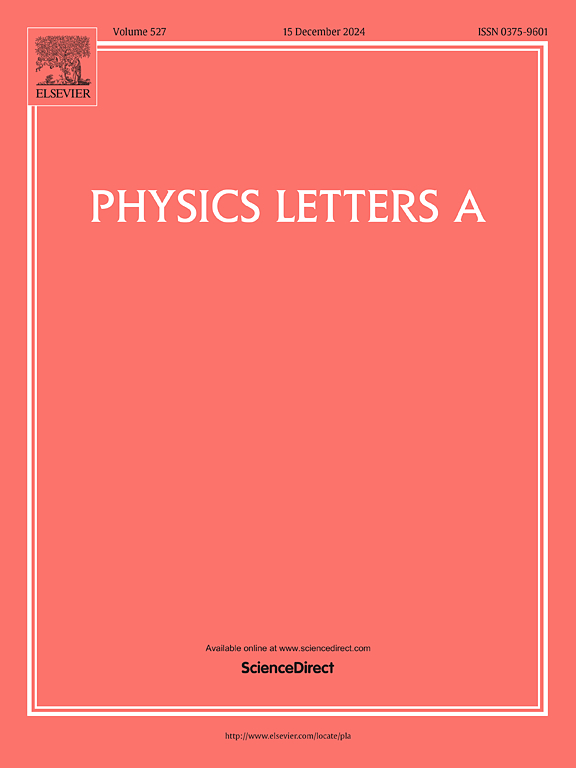Generation of relativistic few-cycle radially polarized mid-infrared pulse in plasma channel
IF 2.3
3区 物理与天体物理
Q2 PHYSICS, MULTIDISCIPLINARY
引用次数: 0
Abstract
Polarized mid-infrared (mid-IR) pulses have many practical applications, including optical imaging, harmonics generation, and laser-electron acceleration, etc. Although it has been able to generate such pulses based on traditional nonlinear optical methods, extending it to long-wavelength, few-cycle, and relativistic intensity range is still very challenging. Here, we proposed a scheme to generate a relativistic long-wavelength few-cycle and radially polarized mid-IR pulse via the photon deceleration. Three-dimensional particle-in-cell simulations show that, by using a plasma channel, the radially polarized mid-IR pulse can be obtained with a center wavelength of 9.4 μm, a dimensionless intensity of , a 72 fs FWHM duration containing 2.3 optical cycles, and a conversion efficiency of 3.4%. Meanwhile, the beam parameters of the generated radially polarized mid-IR pulse can be effectively controlled by changing the plasma channel depth. The radially polarized pulse can be focused further to excite a stronger plasma wake in a plasma channel with large depth, leading to an increase in the normalized intensity and conversion efficiency of the mid-IR pulse. Such mid-IR pulse sources may offer new opportunities for ultrafast applications and high-field physics, etc.
求助全文
约1分钟内获得全文
求助全文
来源期刊

Physics Letters A
物理-物理:综合
CiteScore
5.10
自引率
3.80%
发文量
493
审稿时长
30 days
期刊介绍:
Physics Letters A offers an exciting publication outlet for novel and frontier physics. It encourages the submission of new research on: condensed matter physics, theoretical physics, nonlinear science, statistical physics, mathematical and computational physics, general and cross-disciplinary physics (including foundations), atomic, molecular and cluster physics, plasma and fluid physics, optical physics, biological physics and nanoscience. No articles on High Energy and Nuclear Physics are published in Physics Letters A. The journal''s high standard and wide dissemination ensures a broad readership amongst the physics community. Rapid publication times and flexible length restrictions give Physics Letters A the edge over other journals in the field.
 求助内容:
求助内容: 应助结果提醒方式:
应助结果提醒方式:


